After my first season in New Zealand, Scott Molina met Jonas Colting at Ironman Brazil.
Scott knew Colting would be a positive influence on my development, and he invited him to New Zealand.
Luring Jonas to New Zealand was an easy sell:
Indoor 50m pool
Great weather, compared to Sweden in January
You can stay with Gordo1
After a solid block of training, you can race Ironman New Zealand
Jonas arrived at the start of 2002. He brought Clas Bjorling and Martin Flinta along.
Martin remains a world-class adventure racer. He was training for the Coast-to-Coast adventure race. The race starts on the West Coast of the South Island and involves running, cycling and kayaking. The finish line is at the beach in Sumner2.
Clas was an amateur triathlete, with a goal of qualifying for Ironman Hawaii. He would become one of my closest friends.
A True Professional
Colting had been competing for a decade when he arrived in New Zealand. He had several podiums at European Championships and was one of the fastest men on the circuit.
He was in his prime. Here’s what I learned.
Swedish Easy Pace
Blue Collar Work Ethic
Misery
Fast Day
High Intensity Recovery
Mini-Ironman Day
We had to put an asterisk beside everything Colting said.
I’m going to ride easy**
Light day today**
Going to float a 2K**
** unless I feel good
Like most great athletes, Colting did the session he thought he needed.
He had an intuitive feel for the right time to push himself.
His willingness to back off resulted in a long, and successful, elite career.
Swedish Easy Pace
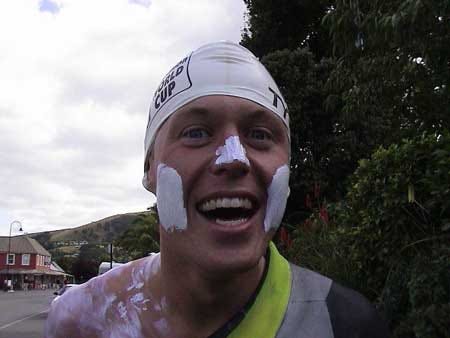
With a decade of elite training under his belt, Colting could ride Ironman Race Pace, forever.
He’d settle in on the front and we’d swap out behind him, third in line offering the best draft.
Molina had a great line about it.
Jonas, if you need a break, slow down a bit.
When Jonas was “on,” there was no way we were coming around him.
But we served a purpose. Scott called it being pushed from behind3. We were witnesses and our presence helped Colting get through his toughest sessions.
As our fitness improved, we could share the work.
Blue Collar Work Ethic
When someone asked Colting how he built his fitness, he’d reply,
Cycling is a blue-collar sport, you gotta do the work.
…and we did a ton of work together.
One of my favorite memories is a training camp we did in Tucson. The camp had a range of abilities and Jonas was the star attraction.
Jonas arrived in Arizona from the middle of a Swedish Winter. He finished his winter break, and put the campers at ease by being the first to crack.
He’d announce…
I have no pride.
…and hop in the sag wagon.
It took less than a week for him to come into better form.
After the camp, we decided to ride most of the way back to Boulder. Jonas had a friend working as a scientist in Los Alamos.
We rode north from Tucson.
Along the way…
We entered an open water swim race on the IM Arizona course. I managed to stay on Jonas’ feet. He may have been taking it easy on me.
We then rode back-to-back centuries to Flagstaff via Tonto Ridge.
In Flagstaff we dropped in on a masters program, Jonas knew the coach. Worldwide, we’d run into his friends.
After Flagstaff, we decided to visit the Grand Canyon and run Rim-to-River-to-Rim.
We then rode through the Navajo Nation with a side trip to Four Corners.
At the Los Alamos Aquatic Center, Colting taught me Pace Change 125s, a favorite swim set.
The trip was ~700 miles and ~30,000 feet of climbing.
Big, but not unusual for us.
You gotta do the work.
Misery
Besides “having no pride,” Jonas would often tell us “I don’t do misery.”
I’m sure he feels that way.
However, his track record shows he is willing to suffer to do cool stuff. One of his adventures was swimming around Gotland, which took him three weeks.
The video is in Swedish, Day 15.
Be sure to have a look at the conditions at 2-minute mark.
I asked Jonas about that day:
To bring some context, the weather was so bad the huge ferries between Mainland Sweden and Gotland were cancelled. My support boat nearly flipped over several times. I was the safest in the water as not much can go wrong there. But cold, miserable, challenging and constant push-back from the ocean and weather. I don’t think I´ve ever swum that slow over three weeks.
Colting Lessons:
Be willing to undertake ridiculous adventures.
Use fitness for epic challenges.
If you’re doing something absolutely bonkers… bring a camera crew.
Fast Day
Colting could rip.
He was excellent at deciding when, and how, to go fast.
Gordo, if you’re going to go fast then go fast.
Don’t do little bits of fast.
Every 7-10 days would be Fast Day.
Jonas would freshen up then hit everything.
Swim
Bike
Run
This would include some fast-as-you-can work.
A big dose, placed in a single day.
Then back to Ironman training.
High Intensity Recovery
Colting was the first athlete I saw use very short bursts of high intensity as a recovery stimulus.
Years later, I heard Olav Aleksander say something similar. It was in the context of post-Ironman recovery.
High intensity doesn’t imply high load.
I look forward to learning more about where the Nordics have taken the lessons I learned from Jonas.
Mini-Ironman Day
20 years before the Norwegians were running marathons the weekend before Kona, Colting had his mini-Ironman Day.
February 2002, a week out from Ironman New Zealand, he did a full-speed 60% Ironman.
We thought he was nuts.
Then he finished 2nd.
He’d been using the workout for years.
Colting’s Mini-Ironman was the seed that became Big Day Training. As I developed, I was doing broken Ironman simulations many times a year.
My Specific Training was fitting an Ironman into a smaller, and smaller, window of time.


To absorb this training, I needed exceptional General Capacity.
Hopefully, you’re starting to see how everything fits together.
Past Lessons
Current Practice
Over time, we learn how to better apply the lessons.
One thing has stayed the same.
You gotta do the work.
Back To Table of Contents
More Colting
I was fortunate to arrive in New Zealand when the Kiwi Dollar had crashed relative to the US Dollar. I got a deal on a five-bedroom house and always had space for visiting training partners.
My daughter’s middle name and the start/finish of the Zofingen Champions Loop, which I’ll introduce to you later.
Mark Allen and Paul Huddle had a similar relationship. While Mark was the faster athlete, Paul put up fantastic race results from training on Mark’s wheel. In Christchurch, we called it Swedish Motor Pacing.

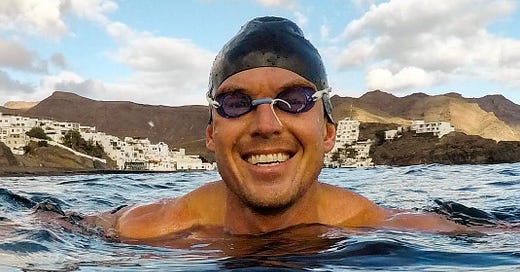


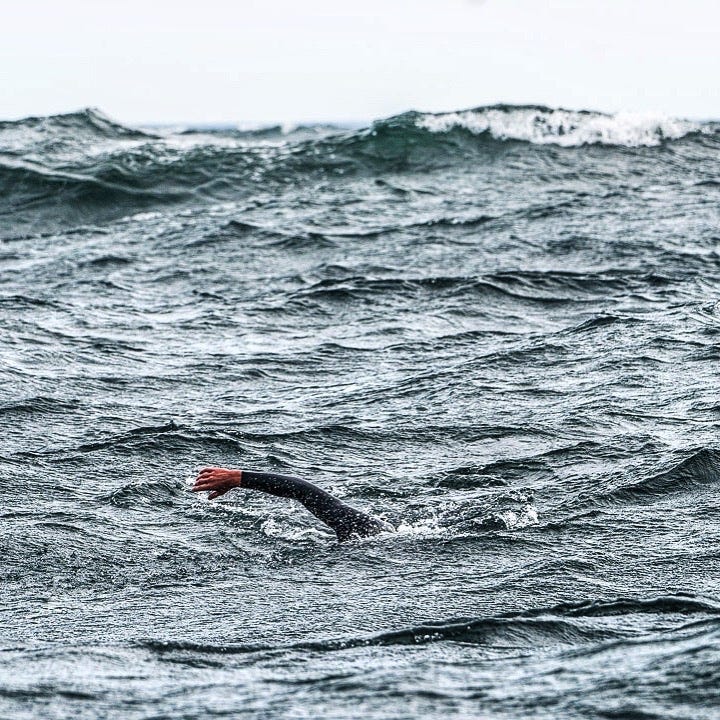
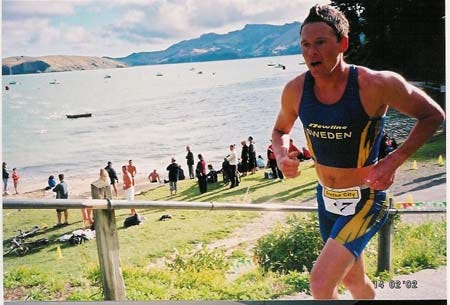

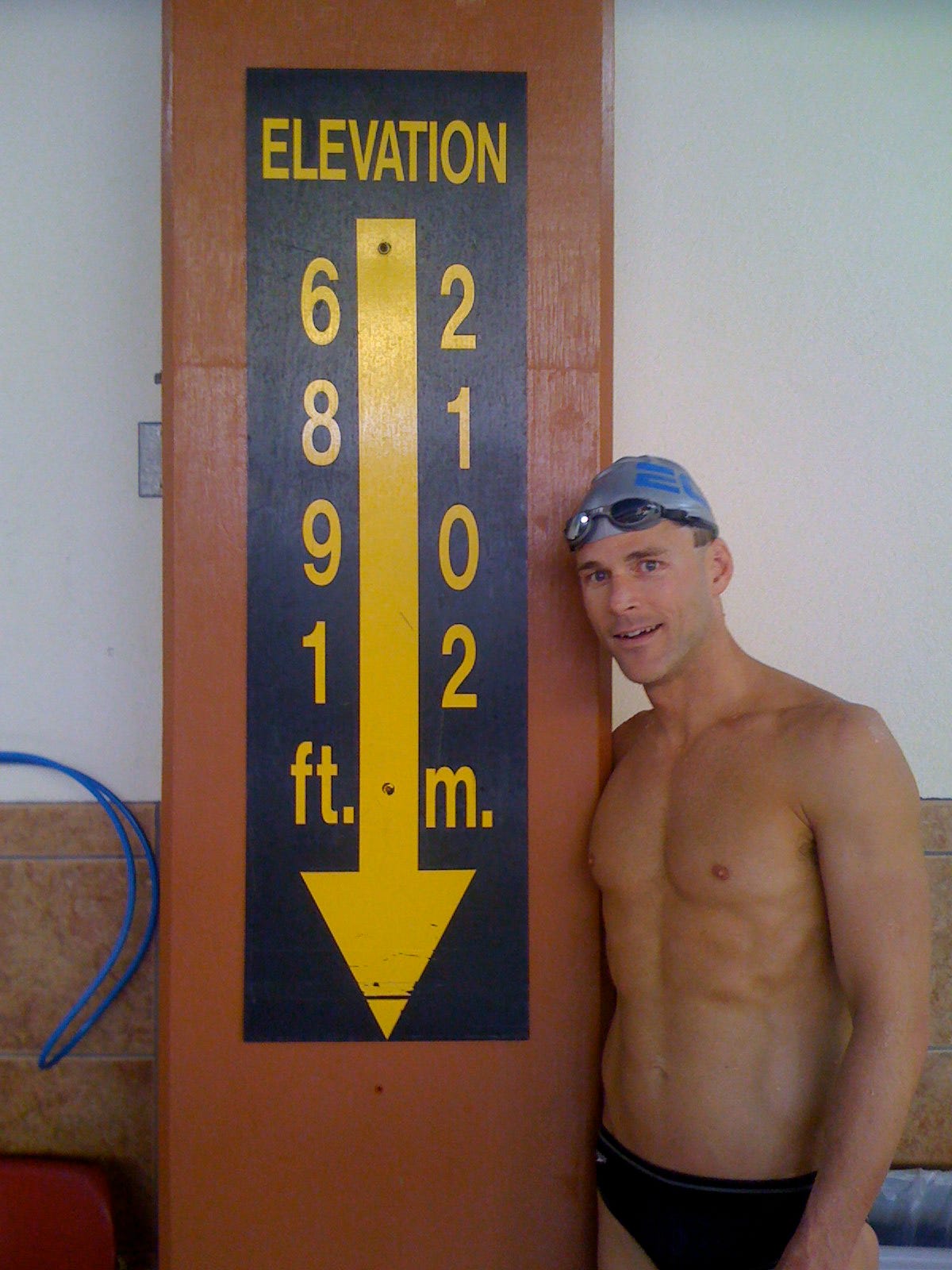
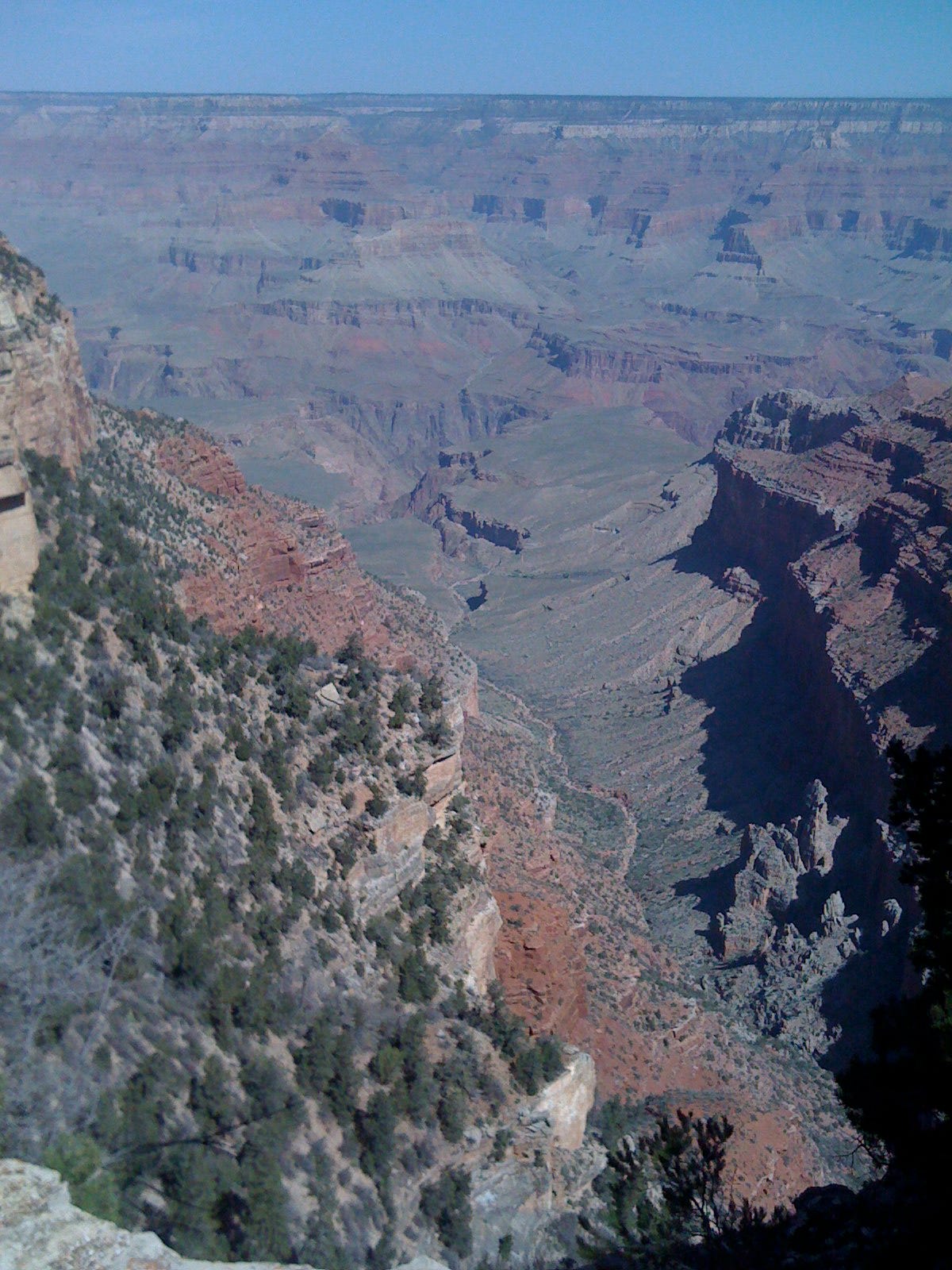
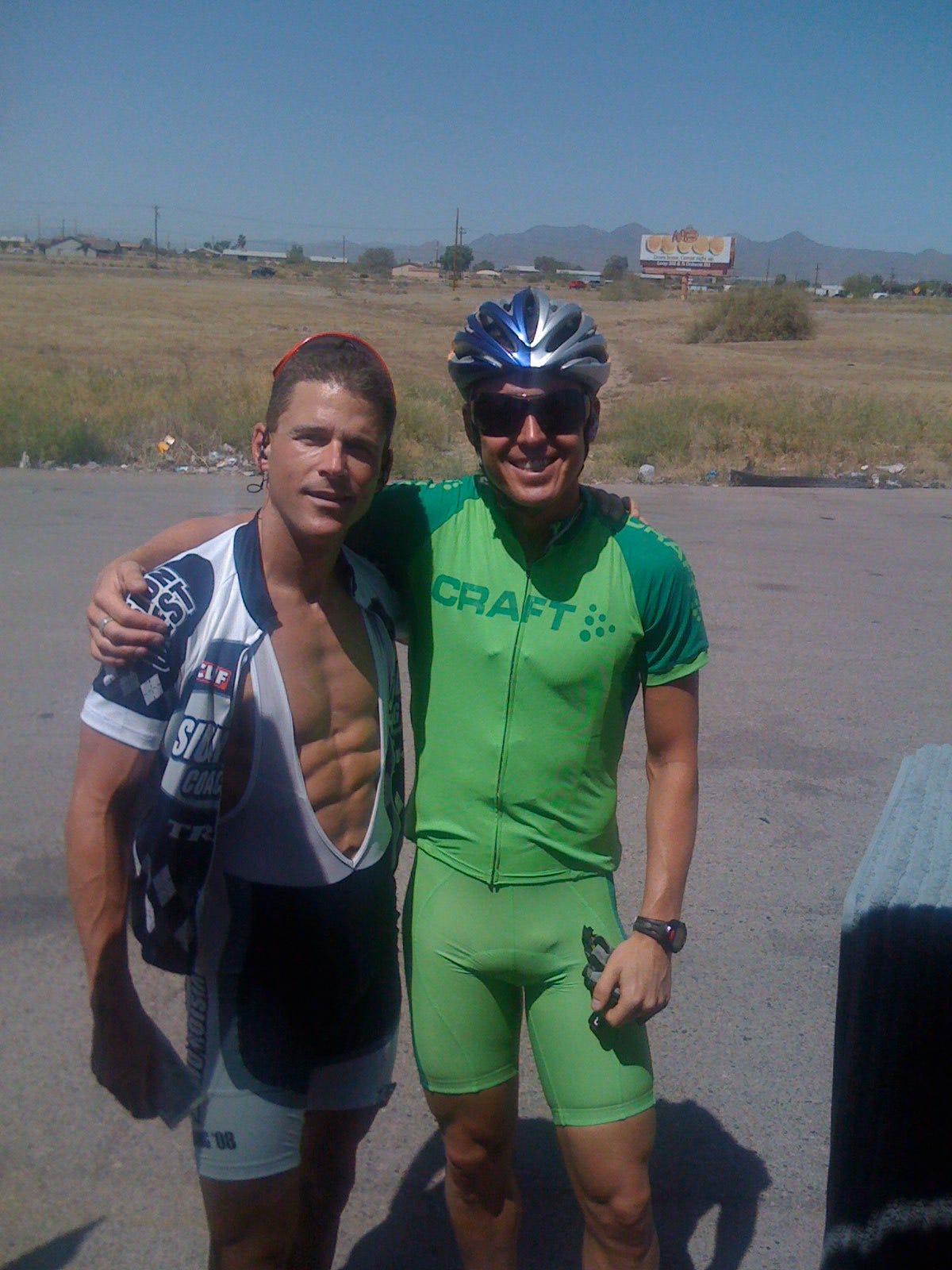
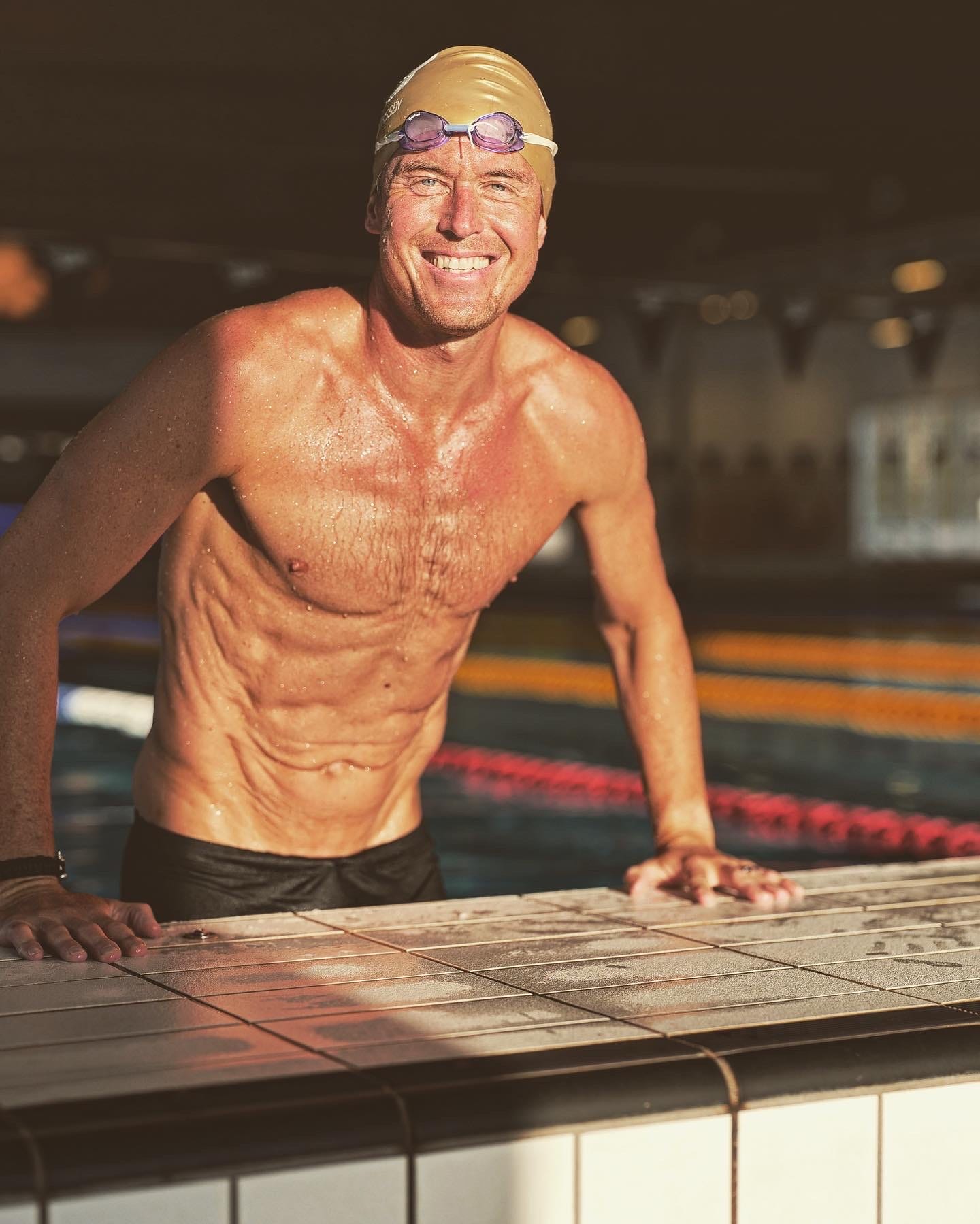
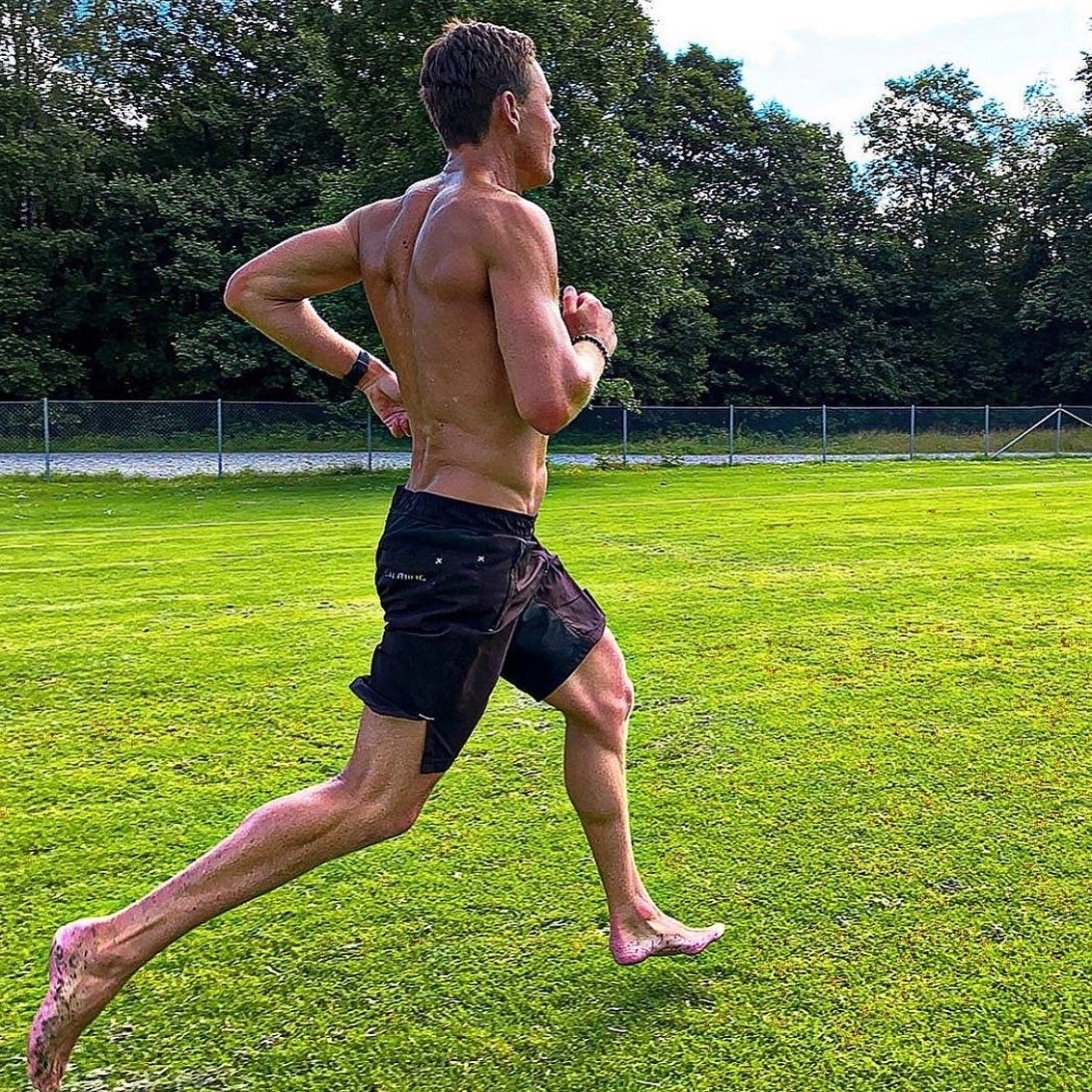
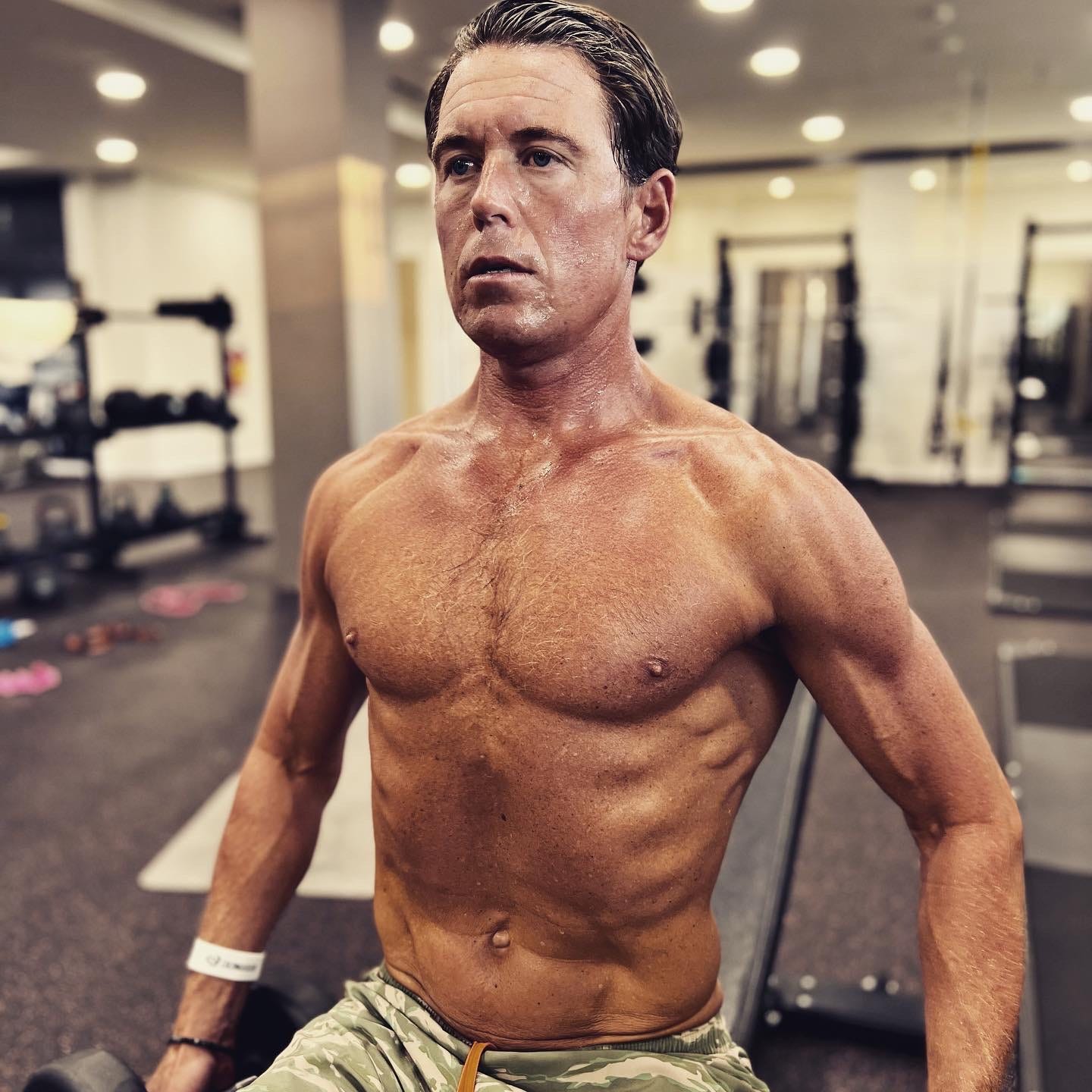
Nice text on Jonas Colting. He is my coach today and I really enjoy working with him. He has got a lot of experience, which he always share. I am also looking forward to the training camp at Fuerteventura in a month with Colting, where there will be some longs days for sure!
Between all of the Swedish Doodes you trained with, you probably have volumes of informative inspirational materials. Hopefully you’ll be putting up some of the best of the Baron and Bjorn too.